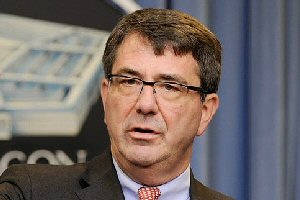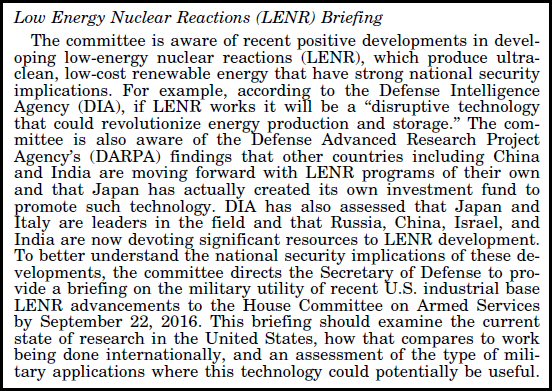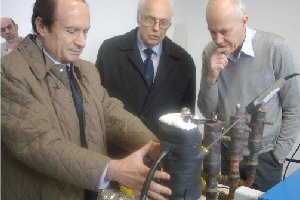
Ashton B. Carter, Secretary of Defense
May 11, 2016 – By Steven B. Krivit –
In an unprecedented move, the U.S. House Committee on Armed Services, in a May 4, 2016, report, directed the Secretary of Defense to provide a briefing on advances in low-energy nuclear reactions (LENRs) to the committee by September 22, 2016.
This is the first time Congress has issued an official request for a national security briefing on the implications of LENRs.
“This briefing,” the report says, “should examine the current state of research in the United States, how that compares to work being done internationally, and an assessment of the type of military applications where this technology could potentially be useful.”
The report quoted a 2009 Defense Intelligence Agency analysis which said that, if LENR works, it will be a “disruptive technology that could revolutionize energy production and storage.” The May 4, 2016, report also said that “Japan has actually created its own investment fund to promote such technology.”
On Aug. 24, 2015, New Energy Times reported that, for the first time in two decades, the Japanese government issued a request for proposals for low-energy nuclear reaction (LENR) research.

Excerpt from May 4, 2016, “Report of the Committee on Armed Services House of Representatives on HR 4909 Together With Additional Views”
Questions? Comments? Submit a Letter to the Editor.





